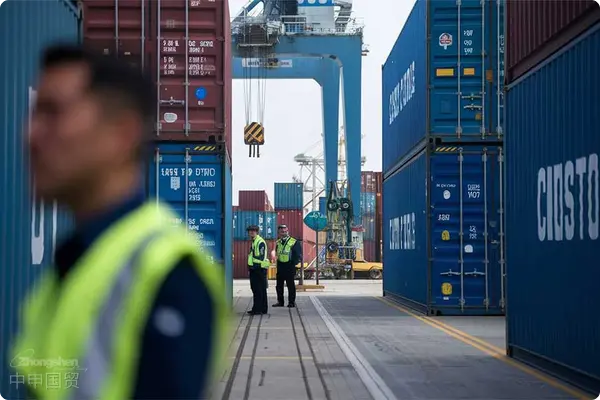- Shanghai Zhongshen International Trade Co., Ltd. - Two decades of trade agency expertise.
- Service Hotline: 139 1787 2118

Contents
ToggleComprehensive Overview of Pricing for Imported Communication Equipment Agency Services
In global communicationsEquipment ImportsIn 2024, the volume increased by 12.3% year-on-year (Source: WTO Trade Monitoring Report), making agency service fees a critical factor in corporate cost control. Price differences among various agents can range from 30% to 50%, with six core variables underlying these disparities.
Analysis of the Six Core Elements of Price Composition
Element One: Precise Classification of Tariff Rates
Communication equipment involves HS codes 8537/8517 categories, with different functional modules potentially corresponding to a 3%-15% tariff difference. The classification capability of professional agents directly affects the tax base calculation:
- Base station equipment: average tariff 8.5%
- Fiber optic transmission equipment: preferential tax rate of 5%
- Testing instruments: Potential zero-tariff opportunities may exist.
Element Two: Logistics Solution Portfolio Optimization
In 2024, the handling fees for special equipment at major ports increased by 18%, but combined transportation can reduce costs by 12%:
- Maritime Transportation+铁路:适用于大宗设备
- Air Transportation+保税仓储:紧急订单解决方案
- Multimodal Transport Insurance Package
Element Three: Complexity of Certification Document Processing
The import of 5G equipment requires the preparation of three additional types of certification documents, and the processing period affects capital occupancy costs:
- Radio Type Approval (SRRC)
- Cybersecurity Review Documentation
- Electromagnetic Compatibility Test Report
Three golden rules for selecting proxy services
Rule 1: Dynamic Cost Estimation Model
Request the agent to provide a quotation model that includes the exchange rate fluctuation range. It is recommended to lock in for 2024:
- USD settlement: fluctuation range controlled within ±3%
- Euro settlement: Enable the hedging clause
Rule 2: Modular Selection of Value-Added Services
Differentiating between basic services and value-added services can reduce redundant expenditures by 15%:
- Mandatory modules: Customs declaration, Tax payment agency
- Optional Module: Destination Inspection Assistance
- Custom Module: Special Packaging Processing
New Trends in Bargaining Strategies for 2024
Based on the latest customs AEO certification policy, priority is given to:
- Certified Advanced Proxy Enterprises: Customs Clearance Efficiency Increased by 40%
- Institution providing advance rulings: Reducing the risk of classification disputes.
- Suppliers integrated with supply chain finance: payment terms extended to 90 days.
It is recommended that enterprises require agents to disclose the actual customs clearance data for similar equipment over the past six months during the bidding phase, with a focus on two key indicators: the incidence of demurrage fees and the record of classification corrections. By establishing a comparative pricing system incorporating 12 evaluation factors, a cost control target of over 20% optimization in agency fees can be achieved.
Related Recommendations
© 2025. All Rights Reserved.Shanghai ICP No. 2023007705-2 PSB Record: Shanghai No.31011502009912
PSB Record: Shanghai No.31011502009912










